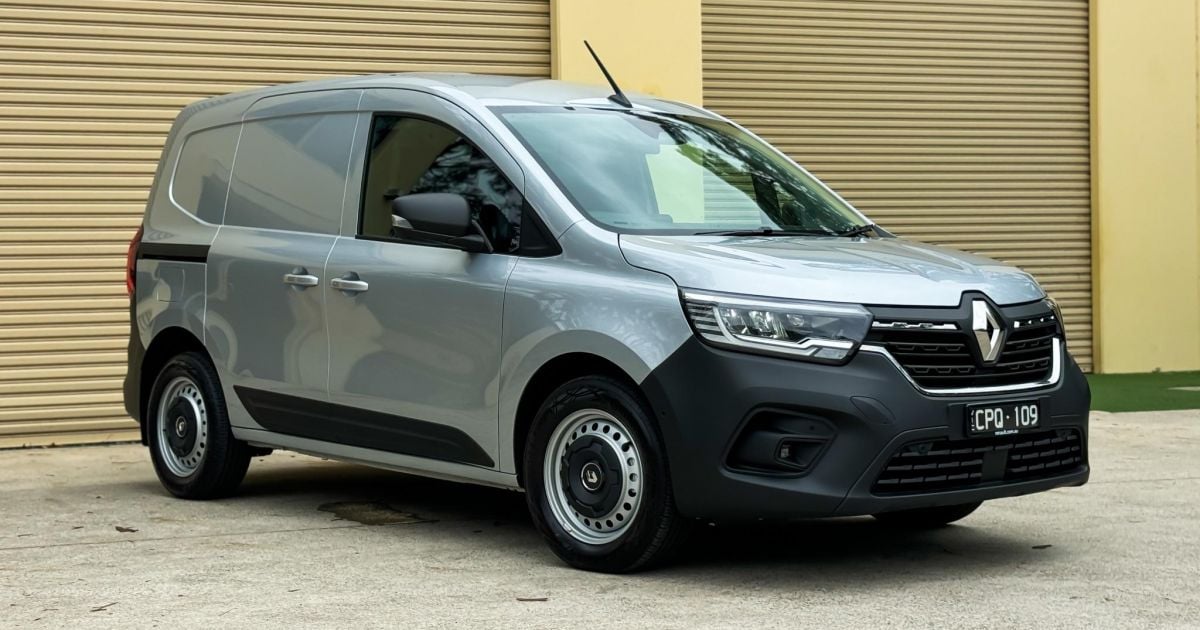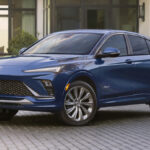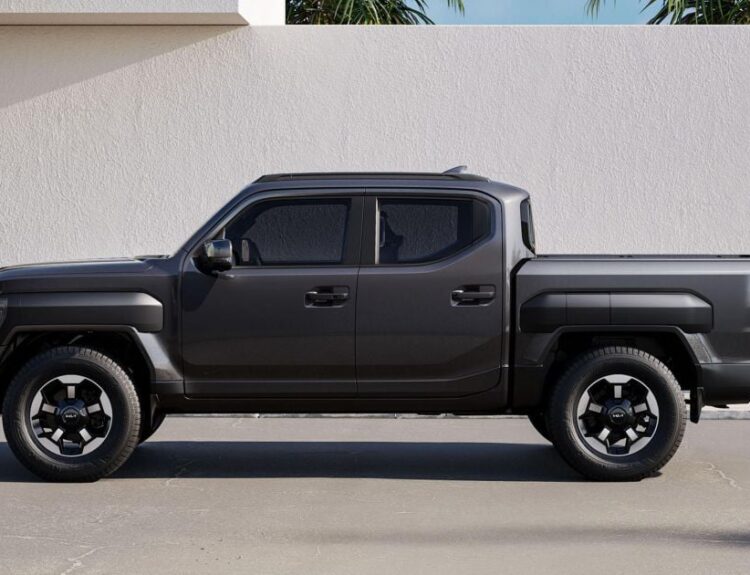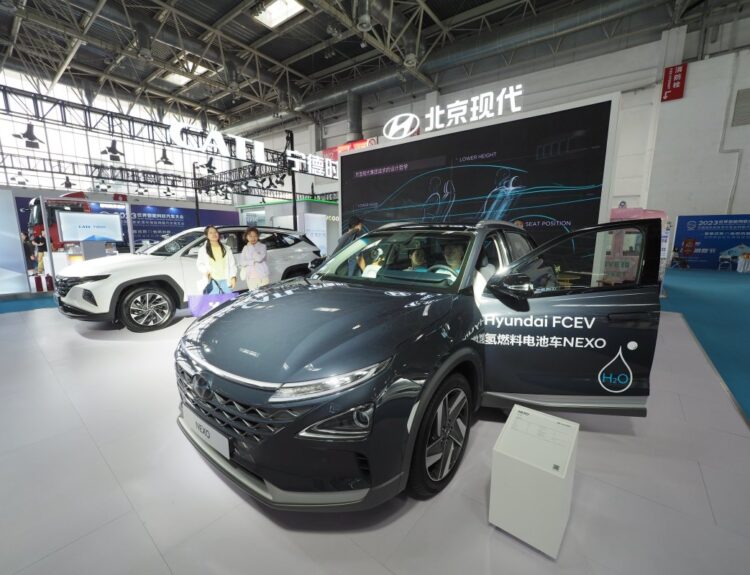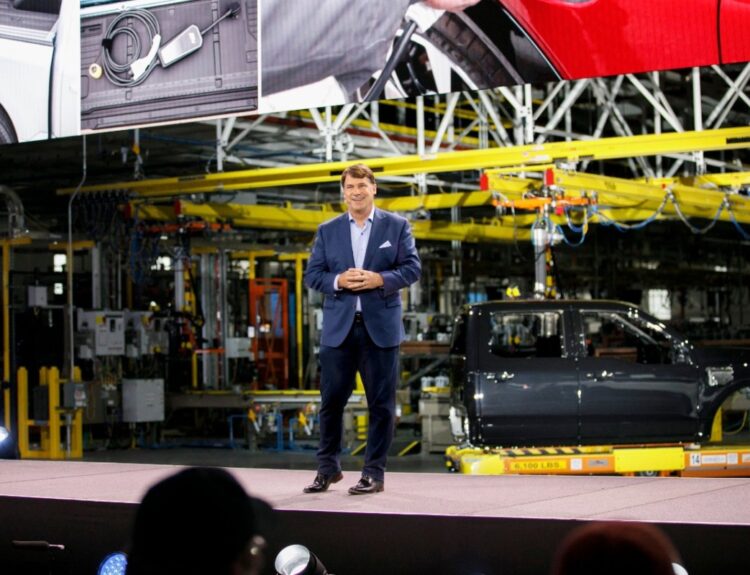Amidst the buzz surrounding electric delivery options, Renault has quietly reintroduced a petrol variant of its compact Kangoo delivery van.
Following the debut of the Kangoo E-Tech electric model earlier in 2024, the internal combustion engine version is now hitting the market in various configurations with more accessible pricing and a range of customizable extras to tailor the van to specific business needs.
This development is a boon for small enterprises that often require tailored configurations from a compact commercial vehicle to optimize their operational efficiency. However, prospective buyers should be cautious; adding desirable features and enhancements can significantly increase costs. It’s crucial to evaluate the option prices carefully to ensure they align with your budgetary constraints.
This article aims to guide you through the essential factors and considerations to determine whether the Kangoo meets your requirements.
How does the Renault Kangoo stack up against its competitors? For an in-depth comparison, explore how the Kangoo fares against similarly sized delivery vans.
**Pricing of the Renault Kangoo**
The latest petrol Kangoo has taken its time reaching Australian shores, initially slated for release in 2022, subsequently pushed to 2023, and finally arriving in 2024.
**Model Pricing (before on-road costs)**
- Renault Kangoo SWB Manual: $38,990
- Renault Kangoo SWB Auto: $41,990
- Renault Kangoo LWB Auto: $43,990
During this delay, market fluctuations have led to notable price increases compared to the previous generation’s diesel version, which started at a mere $32,990 drive-away for the long-wheelbase model.
Despite its starting price of $38,990 before on-road costs, which is substantially higher than the diesel variant, it remains more economical than the electric version, which is priced from $61,990 prior to additional costs.
The petrol Kangoo lineup includes several variants, both short- and long-wheelbase, and even offers a manual transmission option.
Discounts may be available for bulk fleet purchases, and ABN holders might find further savings.
**Interior Quality of the Renault Kangoo**
The Kangoo’s cabin design stands out for its practicality.
While luxury is not the focus here, the van boasts an impressive amount of storage for loose items, an essential feature for any compact delivery vehicle.
Smart storage solutions include overhead bins, a dash-top area suitable for a clipboard, and a covered compartment above the instrument cluster that provides USB and 12-volt charging ports—ideal for a dash cam, minimizing cable clutter.
Other notable features include door-mounted bottle holders and a center storage tray beneath the shifter. Our test model was equipped with a center console with an armrest and a wireless phone charger, though these features are optional.
The seats are well-padded and offer ample adjustment, ensuring comfort even after extended periods behind the wheel. The materials used appear durable, reinforcing the vehicle’s practicality.
A functional theme defines the cabin; there is minimal soft-touch plastic, focusing instead on surfaces that can withstand regular cleaning. Most controls, while generally user-friendly, do feature a quirky stalk on the steering column for media adjustments, which may take some getting used to.
Luckily, dials and buttons for the climate control are straightforward, and the media display is intuitive, supporting Apple CarPlay, Android Auto, and both AM/FM and DAB digital radio. However, an odd quirk emerged when the volume reset to a lower level upon re-entry to the vehicle, which could be frustrating if not addressed in the settings.
**Cargo Space and Features**
The Kangoo’s practicality extends to its cargo configuration, featuring dual sliding side doors, 180-degree barn doors at the rear, and a bulkhead, all standard. It’s important to note, though, that the bulkhead’s positioning can limit space for taller items in the short-wheelbase model.
Multiple tie-down points ensure secure load placement, and the dimensions of the cargo bay allow for convenient forklift access—with the caveat to avoid exceeding the payload capacity unless the enhanced payload option is chosen.
There’s no included cargo mat or flooring—an additional cost—and the sides of the cargo area come in exposed metal. However, ambient lighting and a low ride height facilitate loading and unloading.
Additionally, in contrast to the electric version, the petrol Kangoo features a full-size spare wheel under its chassis.
**Specifications**:
- Length: 4488mm
- Width: 1859mm
- Height: 1830mm
- Wheelbase: 2716mm
- Cargo Capacity: 3.3m³
- Cargo Bay Length: 1806mm
- Cargo Bay Width: 1570mm (1248mm between wheel arches)
- Cargo Bay Height: 1115mm
**Under the Hood**
All petrol models of the Kangoo are equipped with turbocharged engines, available with a six-speed manual for the short-wheelbase version, whereas the long-wheelbase model comes standard with a dual-clutch automatic transmission.
**Engine Specifications (SWB Auto)**:
- Engine: 1.3L 4-cylinder turbo-petrol
- Power: 96kW @ 5000rpm
- Torque: 240Nm @ 1600rpm
- Transmission: 7-speed dual-clutch auto
- Fuel Economy (Claimed): 6.2L/100km
- CO2 Emissions (Claimed): 141g/km
- Fuel Tank: 54L
- Required Fuel: 95 Octane Premium Unleaded
- Kerb Weight: 1453kg
- Payload: 757kg
- Braked Towing Capacity: 1500kg
- Gross Vehicle Mass (GVM): 2210kg
In practical testing, a mix of driving conditions yielded a real-world fuel consumption of 7.9L/100km, suggesting users might experience similar results under typical operational loads.
**Driving Experience**
The driving characteristics of the Kangoo present both strengths and weaknesses.
On the downside, the dual-clutch automatic transmission has some room for improvement; it is somewhat sluggish at lower speeds and lacks an auto-hold feature, which can lead to unintended movements without careful stopping.
Once on the road, however, the Kangoo performs admirably, demonstrating solid mid-range pulling power and responsive shifting at higher speeds. Steering is direct, enhancing its maneuverability in urban settings, and the ride quality remains comforting over varying road surfaces, although road noise can become pronounced at highway speeds.
**Safety Features and Ratings**
While the Renault Kangoo is currently rated ‘Unrated’ by ANCAP, it previously achieved a Gold Rating in Euro NCAP van tests—second only to Platinum. The passenger version scored four stars in 2021 Euro NCAP testing.
Standard safety features include:
- Autonomous emergency braking (AEB)
- Pedestrian and cyclist detection
- Junction assist
- Lane-keeping assist
- Reversing camera and rear parking sensors
- Front and front-side airbags
It’s notable that desirable features such as adaptive cruise control, driver attention alerts, and blind-spot monitoring require additional payment, a point of concern for a vehicle aimed at urban utility.
**Operational Costs**
The Kangoo comes with a five-year, 200,000km warranty, offering substantial peace of mind for business owners.
It also features a five-year service plan with maintenance intervals of 12 months or 15,000km, and the average per-service cost amounts to $473 over the plan’s duration, encompassing most essential consumables.
Additionally, a five-year roadside assistance package is included.
**Conclusion**
The Renault Kangoo emerges as a compelling option in the compact delivery van market, boasting practicality and thoughtful design. However, its dual-clutch transmission can detract from the overall driving experience, while the pricing and additional element options may put it at a disadvantage against competitors. If fleet purchasing options can yield a favorable deal, it’s worth considering.
If you’re intrigued by the Renault Kangoo, connect with one of our trusted dealers for further information.
**For Additional Information**: Click through for a detailed image gallery and more insights into everything related to the Renault Kangoo.
Source:www.carexpert.com.au

